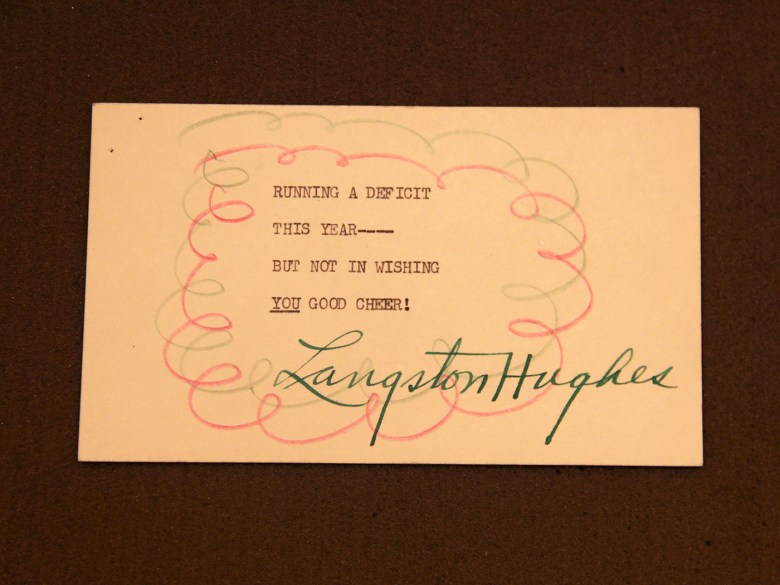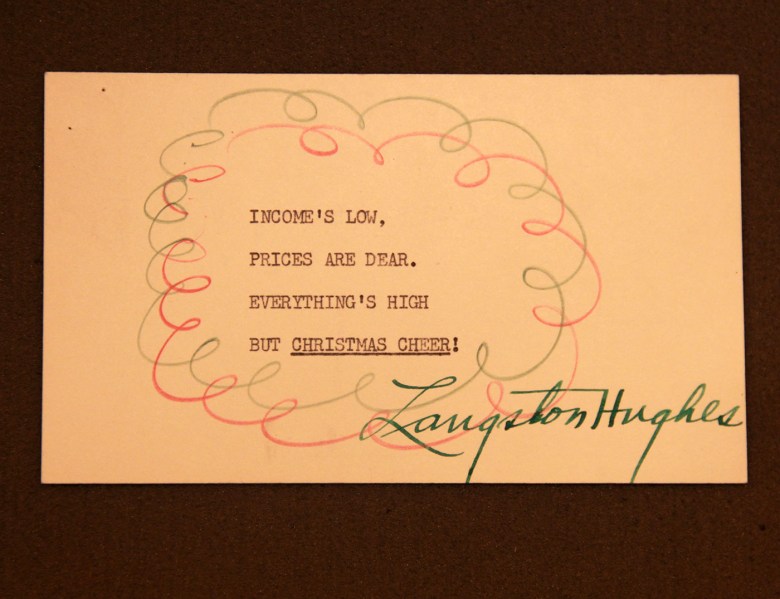Die Hard is a Christmas movie. That once-contrarian categorization has increasingly been accepted over the past couple of decades, at least since an editor with whom I’ve often worked first declared it in a Slate roundup. As a result, John McTiernan’s sturdy piece of one-building eighties Hollywood action may have displaced It’s a Wonderful Life as a holiday home-video tradition in certain households. But it’s also stoked a broader desire for ever more alternative Christmas movies with subtle, even subversive holiday elements. If you, too, can’t handle yet another viewing of Miracle on 34th Street, A Christmas Story, or Home Alone this year, have a look at the top ten lists compiled in these four videos, which offer a selection of films beyond — sometimes well beyond — the established seasonal canon.
These selections come from a variety of genres, including the superhero picture: if you haven’t seen Batman Returns in a few decades, you may have forgotten how thoroughly Tim Burton saturates it with Christmas imagery, albeit of a kind suited to the dank, menacing Gotham City. Those who want to crank up the darkness further still would do well to put on the Canadian sorority-house slasher film Black Christmas, which also appears on more than one of these lists.
Joe Dante’s Yuletide-set Gremlins contains much higher-budget spectacles of destruction, albeit comedic ones; the humor of Terry Gilliam’s Brazil, another elaborate mid-eighties auteur project, runs to the dystopian, a sensibility certainly present in the holiday season itself, if seldom treated with such grotesque vividness.
The work of no single professional makes these alternative Christmas movie lists more often than Shane Black, the writer of Lethal Weapon (with Die Hard, the makings of a holiday double bill if ever there was one) and The Long Kiss Goodnight, as well as the writer-director of Kiss Kiss Bang Bang, Iron Man 3, and The Nice Guys. That all of those pictures are set at Christmastime makes them feel — no matter how heightened, fantastical, or visual effects-saturated they may be — palpably connected to our own reality. It also tends to intensify the drama: as Black remarked in one interview, “Christmas represents a little stutter in the march of days, a hush in which we have a chance to assess and retrospect our lives.” Which hardly means, of course, that it can’t be entertaining.
Related Content:
Watch Santa Claus, the Earliest Movie About Santa in Existence (1898)
Watch The Insects’ Christmas from 1913: A Stop Motion Film Starring a Cast of Dead Bugs
An Animated Christmas Fable by Maurice Sendak (1977)
Stanley Kubrick’s Eyes Wide Shut, the Most Troubling Christmas Film Ever Made
Blue Christmas: A Criterion Video Essay
Based in Seoul, Colin Marshall writes and broadcasts on cities, language, and culture. His projects include the Substack newsletter Books on Cities and the book The Stateless City: a Walk through 21st-Century Los Angeles. Follow him on the social network formerly known as Twitter at @colinmarshall.





